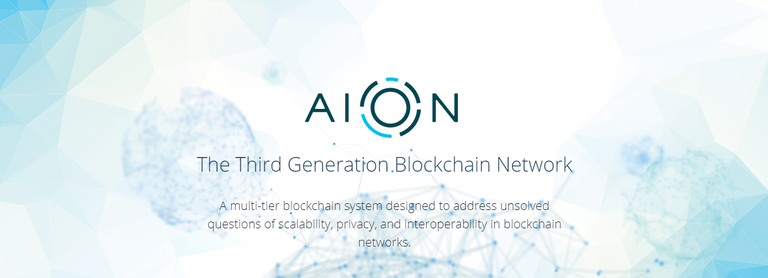
ABSTRACT
Mainstream adoption of blockchain systems has been limited due to unsolved questions of scalability,privacy,and interoperability.In this paper,we will outline a proposed design for the Aion Network a 3rd generation multi-tier blockchain system designed to address these challenges.Core to our hypothesis is the idea that many blockchains will be created to solve unique business challenges,within unique industries.As such,the Aion Network is designed to support custom blockchain architectures,while providing a trustless mechanism for cross-chain interoperability. At the root of this system is the world’s first dedicated public enterprise blockchain,Aion a state of the art blockchain that introduces a new paradigm of security,and fair,representative crypto-economic incentives.
ROADMAP
To approach this issue in a pragmatic manner,Aion will be rolled out in an iterative manner,starting from existing technologies and gradually moving towards the intended objectives.Aion will be executed in three separate phases,with each phase focusing on different aspects of the technology and assembling the building blocks while progressing towards the finalization of the network.The exact deadlines for each phase and plans are subject to change as options for each phase are investigated more thoroughly.
Phase 1
The focus of the first phase in the Aion release schedule is the interchain communication and bridging infrastructure. With this in mind, phase 1 functionality will include:
• Modified, high-performance EVM
• Functioning bridging and interchain communication
• Modified proof-of-work consensus algorithm
Phase 2
The second phase of the Aion release plan is targeted towards the migration from our modified EVM architecture towards the proposed AVM architecture.Development priorities of this phase include:
• Aion Virtual Machine
• The Aion scripting language
• EVM legacy codebase continued support
Phase 3
The third phase finalizes the envisioned network infrastructure,providing infrastructure for fast,efficient interchain communication and interchain applications.In addition to the interchain functionalities from Phase 1,and the VM implementation from Phase 2,this phase will introduce our representative consensus including the representative consensus algorithm.
First-generation blockchain
Bitcoin led the way in the creation of numerous alternative currency platforms as the first generation of blockchain technology.These first-generation blockchains provided a solution to conventional transaction limitations by implementing cryptographically-secure,peer-to-peer,digital transactions that are verified by a decentralized global network and recorded into an immutable public ledger.Resulting in a platform that leverages the advantages of being digital,while preserving the economics of scarcity.
Second-generation blockchain
With the second generation of blockchain,Ethereum introduced the ability to build application-specific logic upon a blockchain network. This enabled new capabilities beyond transactions to incorporate state, business logic, and multi-party contracts to be stored and executed on a blockchain and written to an immutable ledger. These concepts have been incorporated into other distributed ledger technologies and have led to the distinction of building a blockchain and building upon a blockchain.
The emersion of blockchain-based applications is positive for the industry. Applications with novel use cases further demonstrate, and validate,the technology’s ability to evolve beyond just a means of transferring value.However,these separate networks are becoming disparate as they are isolated and able only to transfer data off chain or transfer value through centralized exchanges.In a sense,tiny kingdoms with borders between economies and industries are being cemented.As the number of networks grow,the more disconnected and sparse the industry becomes.
Just as in the early days of the internet,disparate blockchains networks have yet to truly realize the benefits of being connected.While specialized blockchain networks will and should be developed,being able to communicate on chain to other networks offers significant benefits,particularly if privacy and scalability can be maintained.A mechanism for joining disparate networks will unlock enormous value for every participating network.
The third-generation blockchain
In the future,blockchains will federate data and value in a hub and spoke model similar to the internet.The future of mainstream blockchain adoption will be achieved by the development of a networked,federated blockchain to integrate these separate spokes.That integrated blockchain network is Aion.
Aion is a third-generation blockchain network that will enable any private or public sector organization to:
• Federate : Send data and value between any Aion compliant blockchain and Ethereum.
• Scale : Provide fast transaction processing and increased data capacity to all Aion blockchains.
• Spoke : Allow the creation of customized public or private blockchains that maintain interoperability with other blockchains,but allow publishers to choose governance,consensus mechanisms, issuance,and participation.
At the root of the Aion network is a purpose-built, public,third-generation blockchain called Aion.Designed to connect other blockchains and manage its own robust applications,Aion also provides the economic system that incentivizes interoperability in the ecosystem.
AION tokens are the fuel used to create new blockchains,monetize inter-chain bridges, and secure the overall network.
AION TOKEN SALE MECHANICS
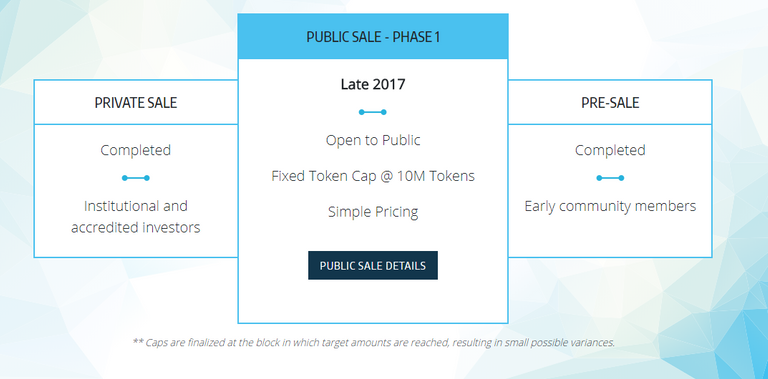
AION MULTI-TIER BLOCKCHAIN NETWORK
The Aion multi-tier blockchain network is like a computer network,providing a protocol and standard for dissimilar systems to communicate.However,in addition to information,the Aion network will pass logic and value among participating blockchains to create a contiguous value chain where every transaction occurs on-chain,with logic and value passing among chains as freely as liquid assets.
Reputation
Representative consensus leaves the responsibility of selecting the optimal validator nodes to the network.This process is difficult to achieve unless there is a mechanism for the network to observe past behaviour of candidates and active validators.One option would be to rely on external statistics to select the optimal candidate.However,there would be incentive to manipulate this data.Therefore,a reputation system needs to be built within the network where past actions and statistics of a node are a part of the network protocol,providing trust-less data to allow users to select their appropriate candidates.Some features that could be included in node reputation include:
• Uptime is the amount of time a node has been active on the network and is important when determining the age (and therefore reliability) of a node.
• Total backing is the total or aggregate amount of backing received up until that point in time and is summed up per end of term (as stakes are locked in for that duration of time) and can indicate past performance for the node.
• Centrality is used within the same context as it would be within a social network, would indicate which nodes are the most well connected within the network, and could be a good indicator of reliability and performance.
• Transaction origin refers to the first instance of a transaction appearing on the network (that was accepted into the blockchain) and can easily be calculated with a requirement that nodes sign transactions they emit.
• Network trust is a global network value for a particular peer that indicates the satisfactory behaviour of the peer from the perspective the network.This was originally designed for P2P file-sharing systems,and has an algorithm that can be adapted to consider parameters relevant to our use case.
These statistics are freely available to the user and an effort will be made for these statistics to be easily accessible through the internet.This creates a knowledgeable user base that is necessary to form the basis of a democratic network.Lastly,the reputation system is a mechanism that illustrates a node’s investment into the network.This investment is subject to consequences of a node’s virtuous or malicious actions and is effective in assessing backing risk.
TEAM
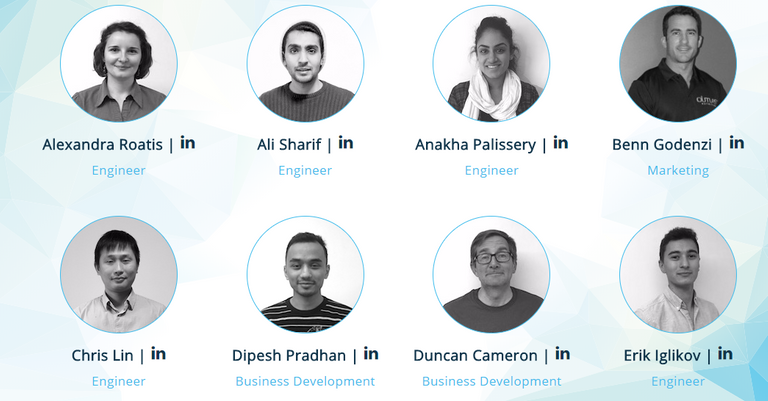
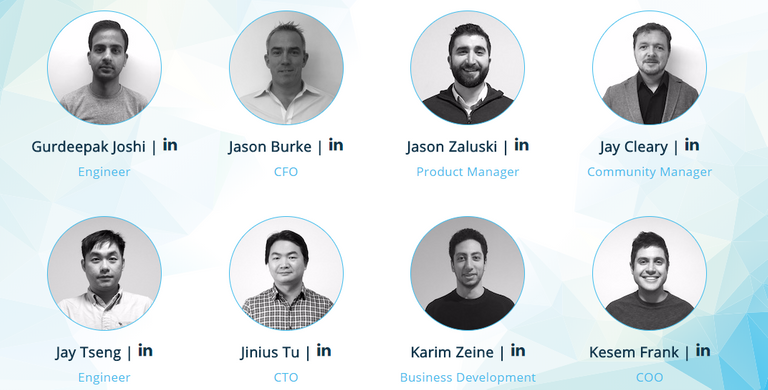
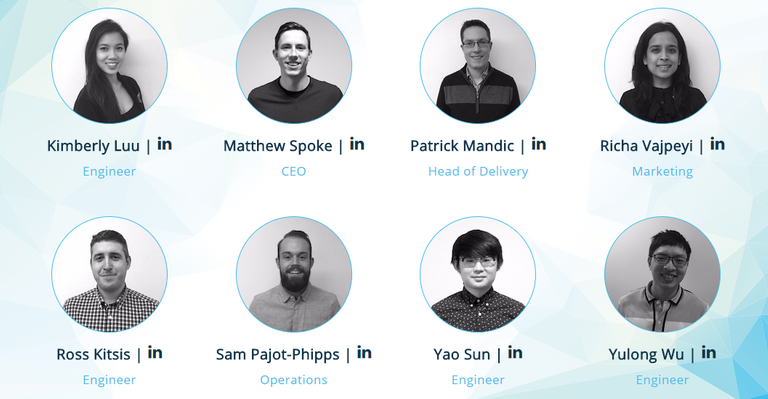
WEBSITE : https://aion.network/
Bitcointalk ANN : https://bitcointalk.org/index.php?topic=2215642
Facebook : https://www.facebook.com/AionBlockchain/
Twitter : https://twitter.com/Aion_Network
Discord : https://discordapp.com/invite/srU4qbS
Telegram : https://t.me/aion_blockchain
Youtube : https://youtube.com/channel/UCu4u9tYEgUyNL9KMgrCZvXQ
Medium : https://blog.aion.network/
LinkedIn : https://linkedin.com/company/aion-network
Created by : armandatomi
Bitcointalk Profile : https://bitcointalk.org/index.php?action=profile;u=993977
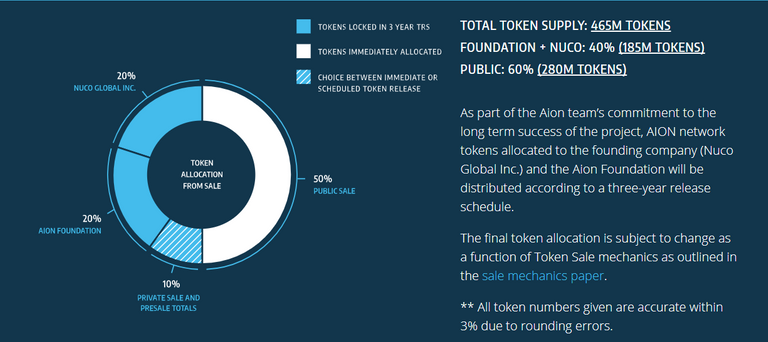
Congratulations @armandatomi! You have completed some achievement on Steemit and have been rewarded with new badge(s) :
Click on any badge to view your own Board of Honor on SteemitBoard.
For more information about SteemitBoard, click here
If you no longer want to receive notifications, reply to this comment with the word
STOP